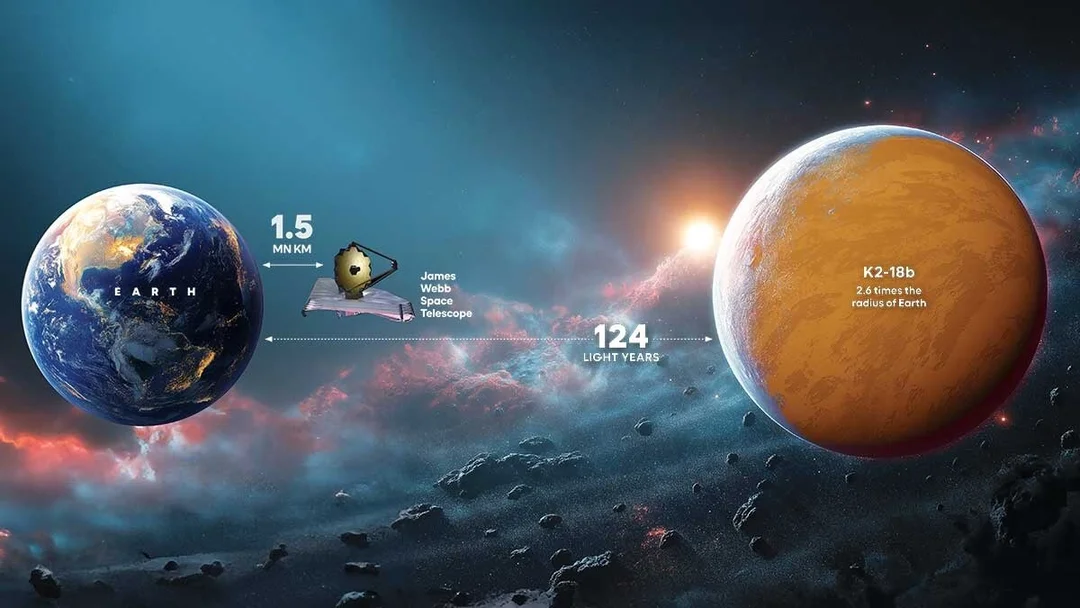
K2-18b Exoplanet: Is It Really Alien Life or Just Noisy Data? A Deep Dive into the Debate
The search for life beyond Earth is one of humanity's most ambitious endeavors, and recent claims surrounding the exoplanet K2-18b have ignited both excitement and skepticism within the scientific community. Is it truly a haven for alien life, or are we simply misinterpreting the data?
K2-18b, a sub-Neptunian exoplanet located 124 light-years away in the constellation Leo, has been the subject of intense scrutiny following the reported detection of dimethyl sulphide (DMS) in its atmosphere. This gas, strongly associated with life on Earth, initially fueled speculation about the possibility of extraterrestrial organisms thriving on K2-18b.

However, as with any extraordinary claim, extraordinary evidence is required. A new pre-print paper by Luis Welbanks and colleagues at Arizona State University argues that non-biological interpretations of the data could also explain the observed atmospheric composition of K2-18b. Their statistical analysis suggests that models incorporating other hydrocarbons, such as propyne (C3H4), can fit the data even better than models reliant on the presence of DMS.
The debate highlights the inherent challenges in detecting individual chemicals in exoplanetary atmospheres. Even with advanced instruments like the James Webb Space Telescope (JWST), the limited data requires scientists to compare potential atmospheric models and select the one that best represents the observations. This process involves statistical guessing and often relies on the principle of Occam's Razor, favoring the simplest explanation.
One critical point raised is that the "best" model, determined through Bayesian analysis, might simply be the "least inadequate" one if all models are poor representations of reality. Furthermore, the presence of multiple well-fitting models doesn't necessarily preclude the accuracy of alternatives. As Fraser Cain aptly puts it, detecting individual chemicals in the atmospheres of planets light-years away is no easy feat.
The scientific method thrives on such disagreements, fostering further investigation and data collection. As more data are gathered, potentially with future generations of space telescopes, we move closer to understanding the true composition of K2-18b's atmosphere. This ongoing research embodies the pursuit of understanding our place in the universe and answering the fundamental question: are we alone?
The search for extraterrestrial life hinges on identifying reliable biosignatures – chemical clues produced exclusively by living organisms. However, determining whether a detected molecule is truly a biosignature requires rigorous evaluation. Is the signal statistically significant? Could it be an artifact of the instrument or data processing? Can the molecule be produced only by living organisms in the specific environment? And is there independent evidence of life?
While the claims of life on K2-18b may be premature, they emphasize the power of advanced telescopes in expanding our ability to study distant worlds. Identifying potential biosignatures is a growing field, combining expertise across disciplines to strategically search for life beyond Earth.
What do *you* think? Is K2-18b a potential home to life, or are we seeing something else entirely? Share your thoughts and opinions in the comments below. What chemical biosignatures do you find the most compelling in the search for extraterrestrial life? Let's discuss!